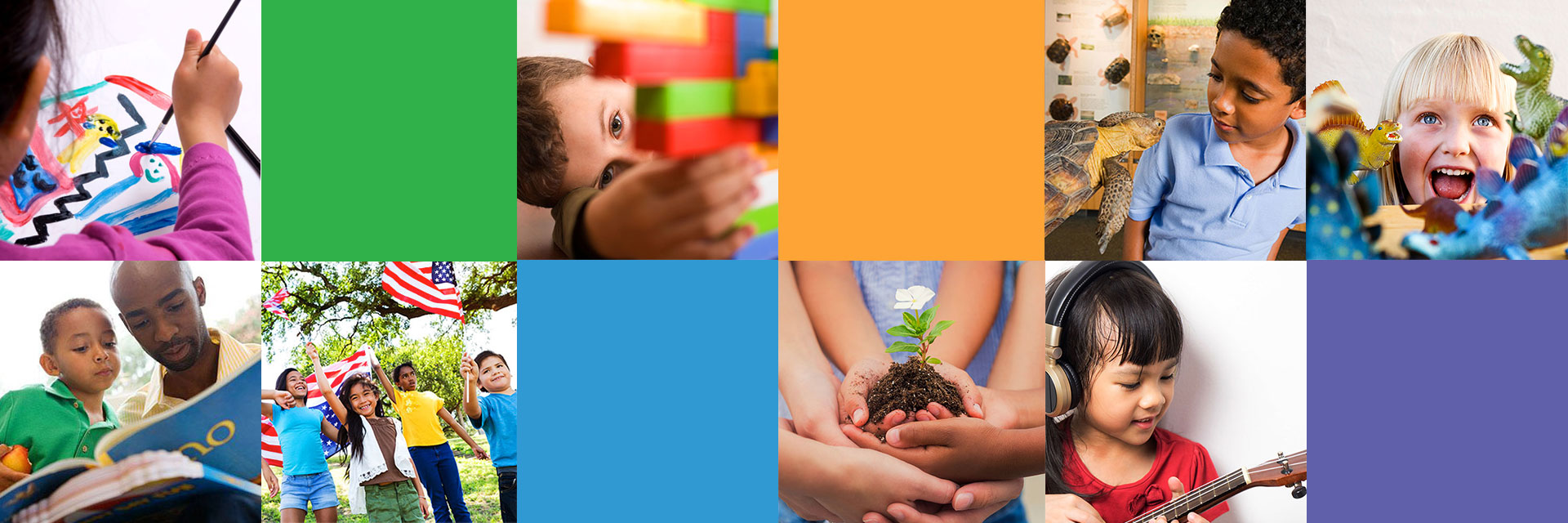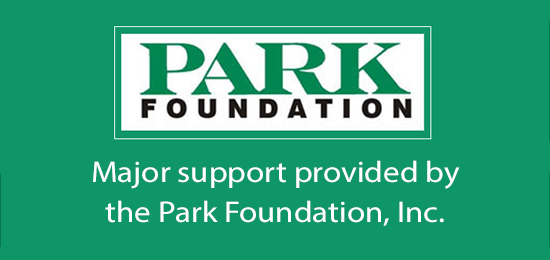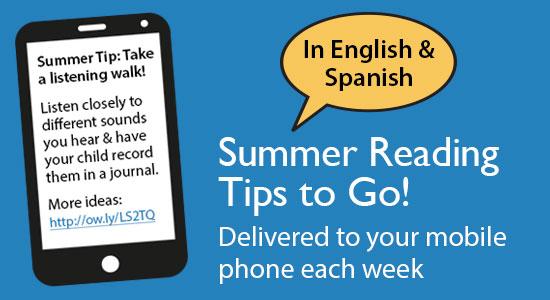I grew up in West Virginia and have stayed close by. But my more adventurous family has gone west. Which means that I also get to have western adventures! Many of those adventures have been courtesy of my brother, Evan, who is a wilderness and river ranger for the Bureau of Land Management (BLM) in Idaho. Like we did as kids, we’ve biked, hiked, and rafted all around.
When we were kids, books were a part of what inspired our wonder of the natural world. But for the most part, we just stepped out into nature—or nature came to us in the form of a black snake on the screen door or a bat in the rafters!
When nature is that close, you naturally want to learn more. That was also the experience of Joe Weldon, a wildlife biologist who works for the BLM and the Morley Nelson Snake River Birds of Prey National Conservation Area. Joe’s love for nature and animals began at a young age. He grew up in places like Lolo, Montana, and Bend, Oregon, where his family spent lots of time outdoors. Both Joe’s parents have professional backgrounds in natural resource management and fostered his conservation mindset from an early age. He studied wildlife and fisheries biology at Oregon State University before joining the BLM to help to improve wildlife habitats on public lands.
We’re excited to have Joe share his thoughts about engaging kids in their own outdoor adventures and getting them thinking and learning about becoming good stewards of our natural environment.
September 6, 2021
Engaging Kids with Nature through Birding and Public Lands by Joseph M. Weldon
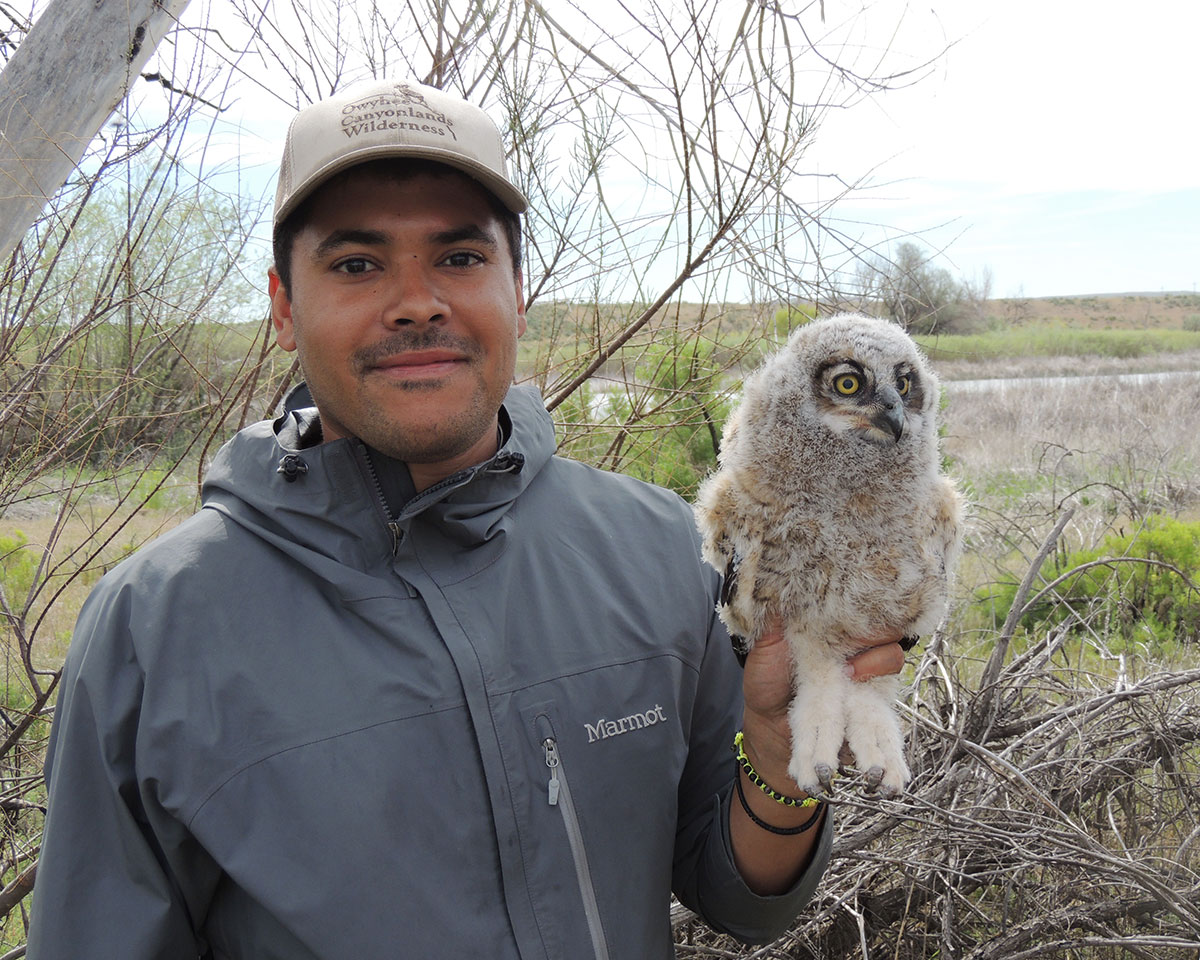
As a biologist with the Bureau of Land Management (BLM), I help manage habitat for raptors and migratory bird species and provide outreach opportunities for the public. The BLM is a natural resources agency responsible for the stewardship of millions of acres of publicly owned lands.
These lands are managed for multiple uses including energy production, recreation, livestock grazing, mineral extraction, and for cultural resources. BLM lands are important as they support habitat for hundreds of birds and other animal species. The BLM has a challenging mission to provide for these uses in balance and for future generations to enjoy.
Some BLM lands contain extraordinary resources and are managed to conserve those resources. For example, where I work in Idaho, the Morley Nelson Snake River Birds of Prey National Conservation Area supports one of the largest assemblages of breeding birds of prey species in North America. This unique area provides ideal breeding habitat for raptors; over 800 breeding pairs representing 17 raptor species have been documented using the area in a single breeding season! The NCA is located less than an hour from Boise and provides a great area for the public to recreate and to go birding.
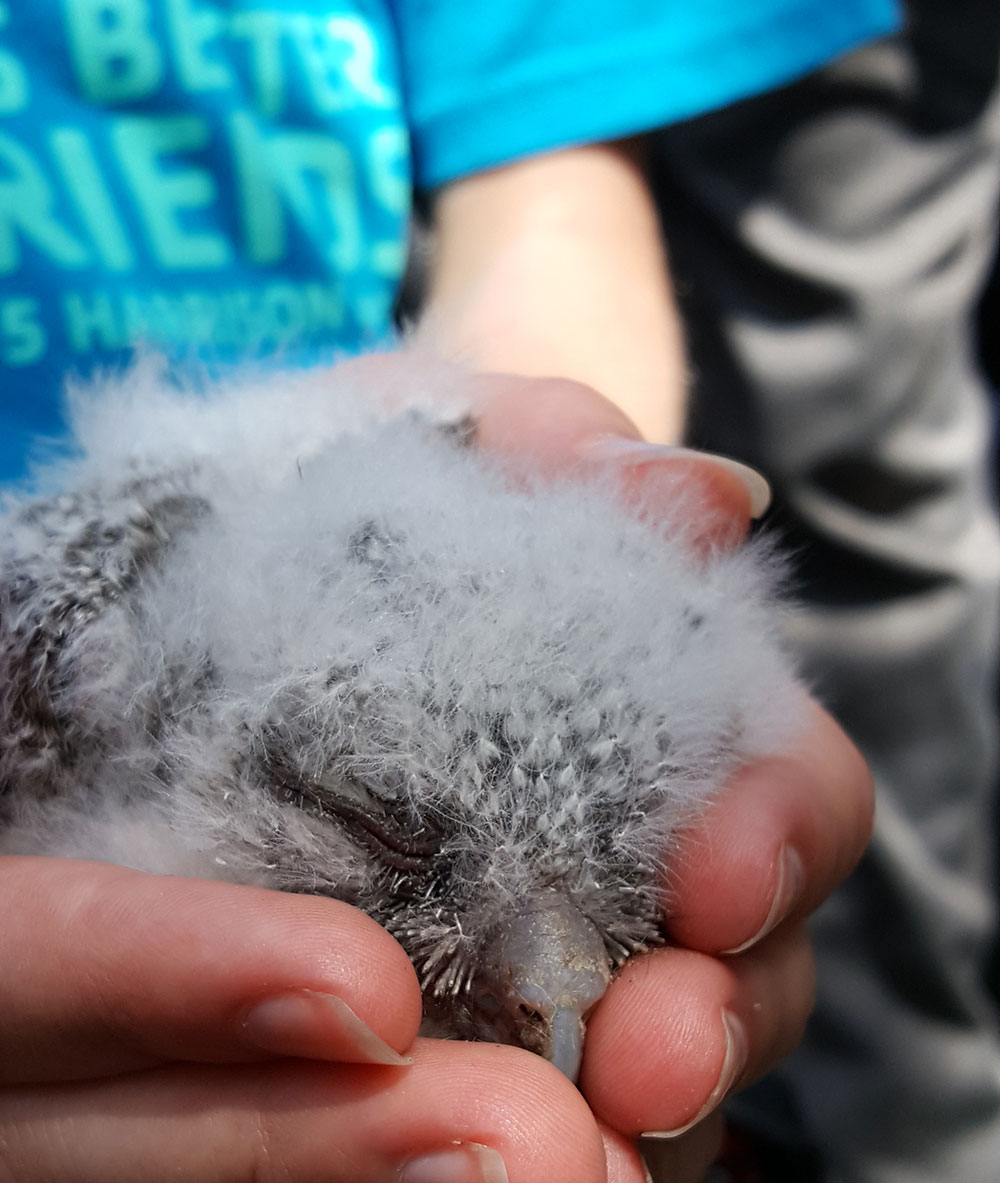
Whether you live in a big city or the rural countryside, you are likely to see a bird every day of the year. Birds are all around us and even if we notice or not, they are part of our everyday lives. This is why birds can serve as the perfect ambassadors between kids and the natural world. Our feathered neighbors provide us a window into the natural world in which we are a part of and can help us make meaningful connections to nature by simply observing them and learning their names.
In my work, I’ve found that birding helps connect people, birds, and land, making birders good habitat stewards. Birding can also lead to interests in other animal species and the habitats they depend on.
Getting started
- What you'll need: Start with a book! A journal to record bird observations and a guidebook to reference while birding are important items for beginning birders. You can find lots of book recommendations in the Bird Buddies toolkit. Online resources such as the Cornell Lab All About Birds website also provide excellent information about birds and birding including how to identify species, where different species live, and the kinds of foods they eat as well as birding tips and help choosing binoculars.
- Where to go: The great thing about birding is that it is so accessible! You could simply start by taking a walk through your neighborhood or observe the birds that frequent your yard. Other destinations such as local parks, forest and foothill trails near town, and areas that provide water such as ponds, reservoirs, lakes, and river trails are all ideal places to go birding. Many state wildlife agencies or Federal land management agency websites provide information on where to go birding around the state or at specially managed wildlife areas.
- Local Resources: Many cities across the country have local Audubon Society chapters. The Audubon Society is an NGO dedicated to conserving bird populations and their habitat. Many local chapters provide community outreach and environmental education aimed at fostering an interest in birds among children. Birding field trips and presentations provided by your local Audubon Chapter are great ways to introduce children to the birding world and keep you and your family engaged in the local community. Local chapters may also be able to provide binoculars for classrooms or families.
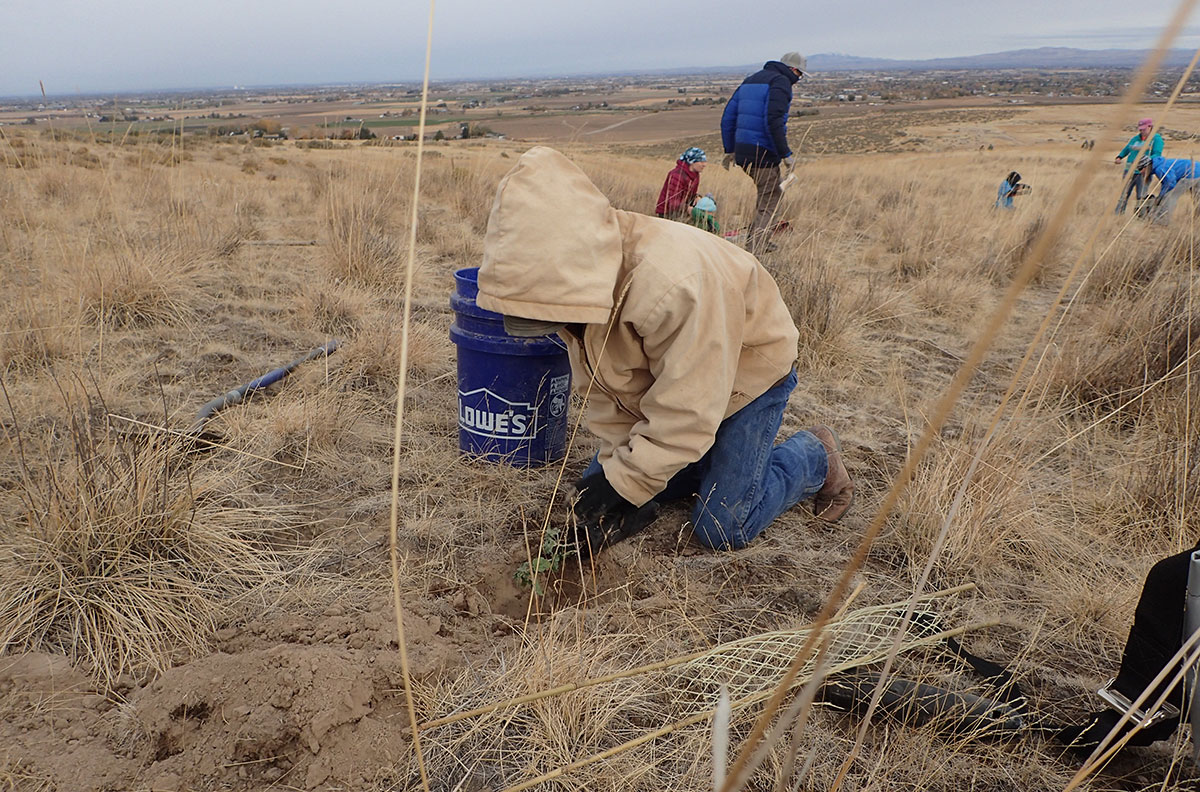
(BLM sagebrush planting project)
Another great way for children to experience and engage with birds and nature are habitat restoration projects. The goal of many restoration projects is to re-establish native plants in an area in order to restore native plant communities to the benefit of wildlife and to support functioning ecosystems. Projects often enlist volunteers to help plant native trees, shrubs, and wildflowers; this provides an opportunity for children to learn the names of local plant species and the role they play in ecosystems and how they benefit birds and other animals.
When kids have the opportunity to get their hands dirty and plant a tree or wildflower it can help foster a strong sense of conservation stewardship and can help strengthen connections with the birds they are learning about through birding. Reaching out to local conservation groups in your community, such as the Audubon Society, or contacting your state’s wildlife agency are ways to find volunteer habitat restoration opportunities.
Other ways to engage
- The BLM’s Junior Ranger or Explorer programs are a great way to get children and families connected to nature and to experience public lands in a new way. The Junior Ranger program aims to engage children through themed learning activities focused on a specific BLM managed area within in the National Landscape Conservation System (also known as National Conservation Lands). For example, the Morley Nelson Snake River Birds of Prey NCA Has a Junior Explorer program called Raptor Quest which is filled with fun activities to learn about the plants and animals that inhabit the NCA.
- The National Park Service also supports a Junior Ranger program that is available at almost all of our National Parks. Many of the Junior programs incorporate some sort of birding activity which will help engage your young birder.
- And it is not too early to start thinking about National Public Lands Day, held annually on the fourth Saturday in September and coordinated by the National Environmental Education Foundation (NEEF). There are opportunities all over the country where kids can learn and learn to help.
I hope you’ll look for these programs if you have the opportunity to visit public lands and that you are inspired to get the kids in your life outside to experience the natural world—whether that be through local restoration projects, the Junior Ranger program, or through birding on our public lands, in a national park, or in your own backyard. Ultimately, I hope these experiences help children discover their place in the natural world and set the foundations for a lifelong appreciation of our natural heritage.
More about National Public Lands
- Find public lands and resources near you
- National Conservation Lands
- BLM Education Resources
- Make Your Splash! (BLM Junior Ranger book about wild and scenic rivers)
- Wildlife and Habitats (BLM Junior Ranger Activity Book)
Bird Buddies!
If you're interested in learning more about birds and birding with kids, try Bird Buddies, our free STEAM toolkit for families and youth programs.

